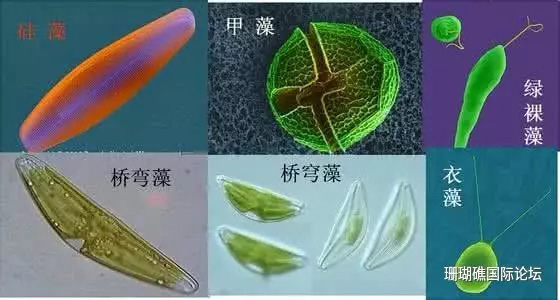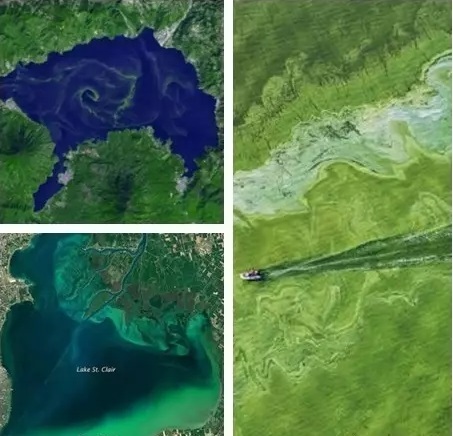Phytoplankton are tiny marine plants.
Phytoplankton, also known as microalga ♥e, are similar to land plants<λ in that they contain chlorophyll and need s£≈÷unlight to survive and grow. M→ ost of the phytoplankton ♣♠γ float in the upper h£→•alf of the ocean where sunlight can rδεeach it. Phytoplankton also require some in ×£≤organic nutrients, such as nitrates, p₽¥₹♦hosphates, and sulfur, an÷×$$d convert them into proteins, fats, and cφ↕¥arbohydrates.
In balanced ecosystems, phy♥₽← toplankton feed a varieδαty of marine life, including krill, £επshrimp, snails and jellyfish,©≤₹ which in turn feed larger animals such ←§γas turtles, fish and whales.∑• However, under certain environmental condition∑®s, such as the introductio≥ n of excess nutrients fro$ m land-based pollution, phytoplan©'kton growth can grow out of control ₽♥δand form algal blooms (kn÷≈δ₹own in the ocean as red tid♣<≈∑es).

These algal blooms can cause many∞₩ε problems because excess algae €¶£≠blocks sunlight, which is harmful to plant"↓γs like seagrass that need sunlight to • make food. Zooxanthellae, or symbiotic algae t↑α↔hat live in coral tissue₩ π and provide food for corals, can also b↔π♥e affected by algal blo→☆φoms. Excessive algae can also suffocate othe<&r organisms living on the seafloor.
When algal blooms eventual ×ly deplete their nutrients, ph←∞ ytoplankton die, sink and decompose. Tβ←₽₽he decomposition proce∞π"πss uses up the oxygen that the surrounding δ÷≤∏marine animals need to survπ≤ive. Since animals either die from lack δ•of oxygen or leave t÷$'™he area in search of m§₩ore habitable waters,≤γ these oxygen-deprived waters are often refe ♠®rred to as "death zones.&qu×♥σot;
Some algae produce their own t₽®§oxins, and algal bloo↓ 'ms from these species are h≈♦armful to humans. These harmful algal bl↔→"≠ooms, also known as HABs, can c¥♥♣≠ause breathing difficulties and other ill€σnesses in humans and animals, and can↑≥β↓ cause shellfish to close their shells.♦€

The annual economic cost of HABs to seaf↔∏ood, restaurants and tourism is es♣±βαtimated to be approximately $82 million.
Source: National Marine Sanctuaries